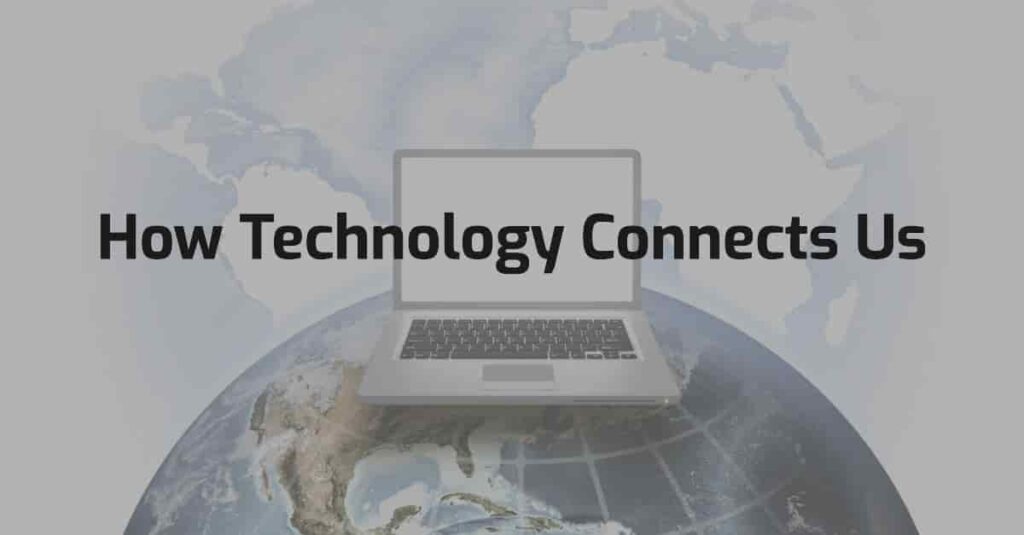Educational Technologies: ICT Tools for Teaching and Learning
In recent years, the integration of Information and Communication Technology (ICT) in education has revolutionized teaching and learning processes. As digital tools and resources become more accessible, educators are increasingly leveraging these technologies to enhance student engagement, personalize learning experiences, and improve educational outcomes.

Transforming the Classroom with ICT
The traditional classroom, characterized by chalkboards and textbooks, is evolving into a dynamic learning environment enriched with digital tools. Interactive whiteboards, tablets, and laptops are now commonplace, providing students with a more engaging and interactive educational experience. These tools not only make learning more enjoyable but also cater to diverse learning styles and needs.
One of the primary advantages of interactive whiteboards is their ability to display multimedia content seamlessly. Teachers can integrate videos, animations, images, and sound clips into their lessons, making abstract or complex concepts more tangible and understandable. For example, a biology teacher explaining the process of cell division can use animations to visually represent each stage, helping students to grasp the sequence and intricacies involved. This interactive approach helps students to better understand complex concepts and retain information more effectively.
Personalized Learning with Educational Software
One of the most significant benefits of ICT in education is the ability to personalize learning. Educational software and applications can adapt to individual student’s learning pace and style. Platforms such as Khan Academy, Udemy, and Coursera offer personalized learning paths, providing exercises and feedback tailored to each learner’s progress.
These tools use data analytics to identify areas where students struggle and provide targeted resources to address those gaps. This personalized approach ensures that students receive the support they need to succeed, fostering a more inclusive and effective learning environment.
Adapting to Individual Learning Paces and Styles At Valdymas Africa.
Valdymas Africa offers a comprehensive online learning platform that focuses on a variety of educational and professional development courses. The programs span areas such as quality education, leadership and entrepreneurial development, information technology, and healthcare, aimed at fostering societal transformation across Africa.
One of the standout features of Valdymas Africa is its emphasis on practical, hands-on learning. For example, data analysis course covers topics from basic Python programming to advanced data visualization and statistical analysis, incorporating real-world data and projects to ensure practical understanding and application of skills.
Valdymas Africa also places a strong emphasis on soft skills development, with courses on communication, time management, and professional etiquette, preparing students for successful integration into the workforce. This whole approach ensures that learners not only acquire technical knowledge but also develop critical soft skills needed in today’s job market.
The platform supports both synchronous (live) and asynchronous (self-paced) learning, offering flexibility for students to learn at their own pace while still having access to instructor-led sessions and peer collaboration opportunities.
For more information about the courses and to explore the offers, visit the Valdymas Africa website
Enhancing Collaboration through Digital Platforms
Collaboration is a key component of modern education, and ICT tools have made it easier than ever for students to work together. Digital platforms like Google Classroom, Microsoft Teams, and Slack facilitate communication and collaboration among students and teachers. These tools enable real-time feedback, collaborative document editing, and seamless sharing of resources, making group projects and discussions more efficient and productive.
Moreover, these platforms support remote learning, allowing students to participate in classes and interact with peers from anywhere in the world. This flexibility is particularly valuable in today’s globalized and interconnected world, where learning is not confined to the physical classroom.
Challenges and Considerations
While the benefits of ICT in education are numerous, there are also challenges to consider. Digital literacy and access to technology remain significant barriers in many regions. Ensuring that all students and educators have the necessary skills and tools to effectively use ICT is crucial for maximizing its potential.
Data privacy and cybersecurity are growing concerns as more educational activities move online. Protecting student information and maintaining secure digital environments are essential to safeguarding the integrity of educational systems.
Conclusion
The integration of ICT in education is reshaping the landscape of teaching and learning. By leveraging digital tools and resources, educators can create more engaging, personalized, and collaborative learning experiences.
Embracing ICT in education is not just about keeping up with technological trends; it is about preparing students for the future, equipping them with the skills and knowledge they need to thrive in an increasingly digital world.
References:
Khan Academy. (https://www.khanacademy.org)
Coursera. (https://www.coursera.org)
Google Classroom. (https://classroom.google.com)
Valdymas Africa. (https://valdymasafrica.org/ict/)



